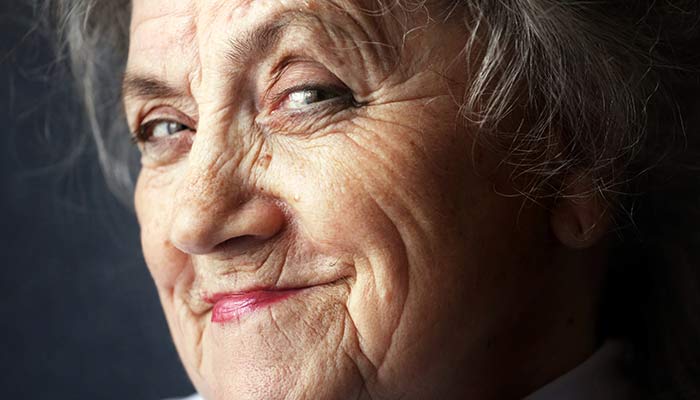
Too often older adults assume that poor eyesight is a given. Indeed, half of us will have cataracts by the time we are 80 years old. But surgery is easier now and extremely effective.
The importance of monitoring
Cataracts involve a clouding of the lens of the eye. Cataracts develop slowly and require regular checking.
Signs of a cataract
Anyone over 65 years of age needs an eye exam every year. Make an appointment sooner if your loved one complains of:
- blurry or cloudy vision
- extra sensitivity to light
- halos around sources of light
- difficulty seeing at night
- needing more light to read
- bright colors appearing faded or yellow
As cataracts grow, there is potential for
- Cataracts blur vision. This increases the risk of falls and other injuries. Poor nighttime vision can also lead to car accidents.
- With cloudy vision, your loved one may withdraw. Activities that used to be pleasant can become too challenging. Depression and isolation are common.
- Permanent blindness. Cataracts are slow growing. But delaying surgery for too long can result in permanent damage.
Surgery
Cataract surgery is brief and safe. Other than a clearer view of their wrinkles, most people are delighted with the improvement! It only takes about ten minutes. Medicated eye drops are used for anesthesia. The surgeon dilates the eye and removes the cloudy lens. An artificial lens is implanted. Cataract surgery may also correct other vision problems. For instance, many people are able to stop wearing glasses after the operation.
Prepare ahead of time
Arrange for a ride home and some extra help the day of surgery (for meals, especially). Eye drops are surprisingly difficult to manage alone. It’s best to set up help for putting in 2–3 drops several times a day, starting three days before the surgery and for several days afterwards.

